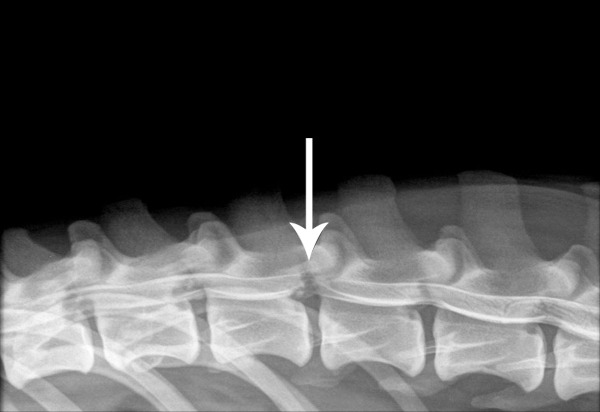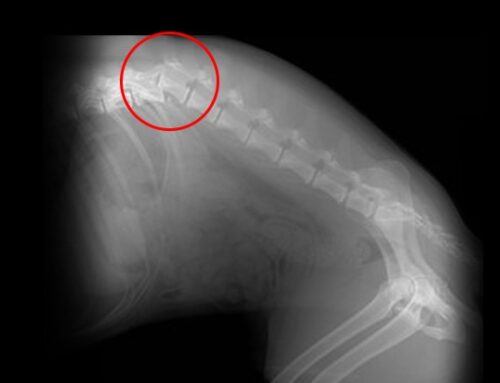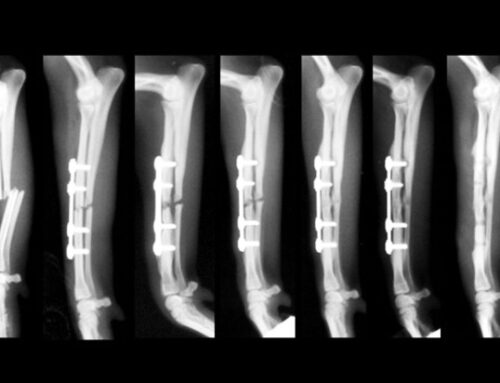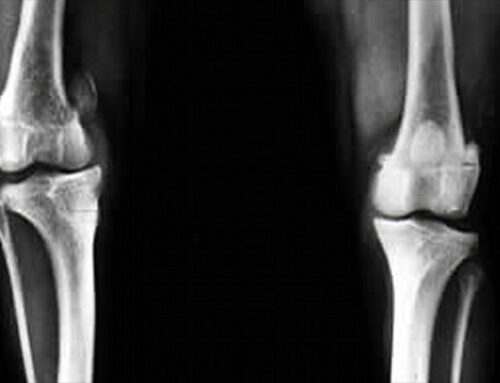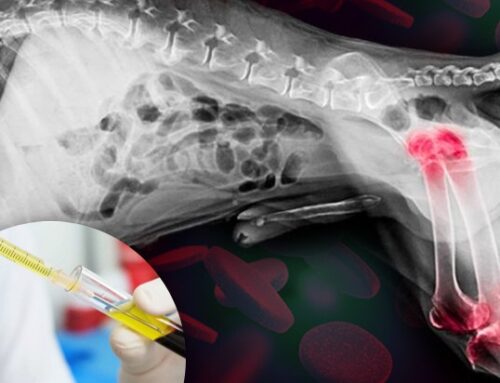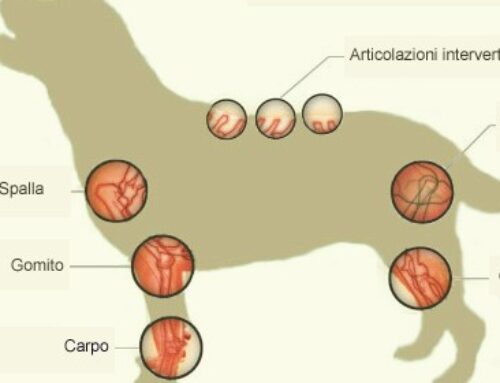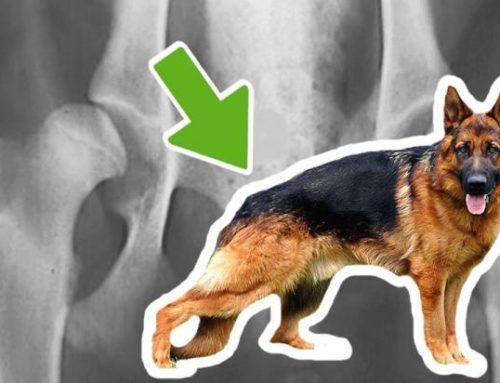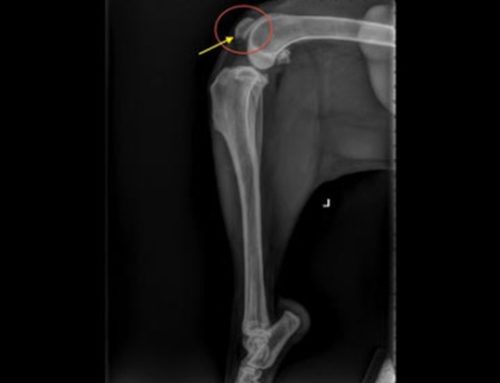Herniated disk in dogs is a degenerative disease that hits intravertrebral disks.
Just like humans, these disks act as cushions between the vertebrae and help the mobility.
The internal part, almost rigid, is called nucleus pulposus while the external part, more rigid, is called fibrous ring.
Hermaniated disk in dogs means that the disk is almost (or completely) out of place.
What are the causes of Herniated disk?
Hermaniated disk may occur after the usage of the disk tissue.
Such excessive usage may find its origins in the wrong way in which the load is managed by the pet, by weight or simply by aging.
Hermaniated disks normally occurs when the dog is 3 to 7 years old.
In other cases, the reason could be an external trauma and can occur in both cats and dogs
What are the most affected breeds?
Some breeds are at an higher risk, and they are mostly the ones in which the dog presents limbs that are way shorter than the chest: Yorkshire, shih tzu and beagle, for example.
In shorter breeds it usually occurs when the puppy jumps from dangerous heights, but is not just for smaller dogs: bigger breeds ( like rottweiler and pit-bull) can show signs of hermaniated disks at around 6 years old.
Herniated disk: extrusion and protusion
When talking about hermaniated disk, it could be and extrusion ( Hansen hermaniated disk 1) or a protusion ( Hansen hermaniated disk 2).
Basically, the disk will press the roots of the nervous system.
Such pressure will stop the natural flow of the nervous system, causing the limbs and all the other organs to not work properly.
What are the symptoms of Herniated disk?
The first signs of hermaniated disk are the pain and the difficulty when moving, but there are many more:
– Movement difficulty
– Pain in the back and in the chest
– Muscular spasms along the spine
– Arched back
– Neck pain
– Muscular spasms along the neck
– Arched neck
– Loss of bladder control
– Anxious behaviour
– Vocal disagreement when you try to touch it
– Difficulty in using 1 or more limbs
– Bad coordination
Herniated disk is a very dynamic disease, that can get worse very quickly: even if your dog simply shows signs of pain, contact your doctor as soon as possible to arrange a proper therapy.
How to diagnose it?
The first step is an accurate neurological exam: this will allow the doctor to determine the gravity of neurological problems, what part of the spine is affected and future diagnosis.
Based on this first examination, the very next step would be to schedule a proper list of secondary exams that may include x-rays and MRI
Classification varies based on gravity and therapies of Herniated disk
There are various degrees:
– First: no neurological damage, only pain
– Second: mild neurological issues when the disk presses the merrow
– Third: Heavy pressure on the merrow, the dog will show loss of strength and won’t be able to move the back legs
– Fourth: the paresis gets worse and the dog loses control over its bladder
– Fifth: This is the most dangerous: the paresis gets worst and the limbs lose a great deal of responsiveness.
Once the diagnosis is given, the neurologist will decide to intervene through surgery or through conservative treatment.
Conservative treatment of Herniated disk
Usually suggested for the first or second levels, it consists in putting the dog to a forced rest for at least 4 weeks, to the point that he/she should move only to urinate and defecate.
If the dog gets better, the same treatment should continue for 2 weeks more, and the dog could start doing some light physical activity around the 7th week.
Surgical treatment of Herniated disk
It’s aim is to eliminate the pressure in the spine.
Such treatment must be followed as soon as possible, because time is a key factor for a full recovery.
It is mandatory for dogs at the third and fourth level.
If you intervene during the first 24 hours since the first symptoms, chances of a recovery increase, but waiting even up to 48 hours will drop those chances significantly.
Recovery times
Recovery times after the intervention are usually:
– Less than 2 weeks for levels 2 and 3
– 1 to 4 weeks for level 4
– 5 to 10 weeks for level 5
In the worst cases (levels 4-5), physiotherapy and proper recovery may open different scenarios, ranging from a full recovery to a missed or partial one.
The importance of physiotherapy
Physiotherapy is very important both in surgery and conservative therapies
Physiotherapy aims at:
– Treating the pain: especially around the neck area, for patients who didn’t go through surgery
– Recovery of joint movement: manual therapies and stretching
– Tone Exercises: after 5 to 7 days after the surgery it is possible to start the work of muscle tune up on the underwater treadmill.
